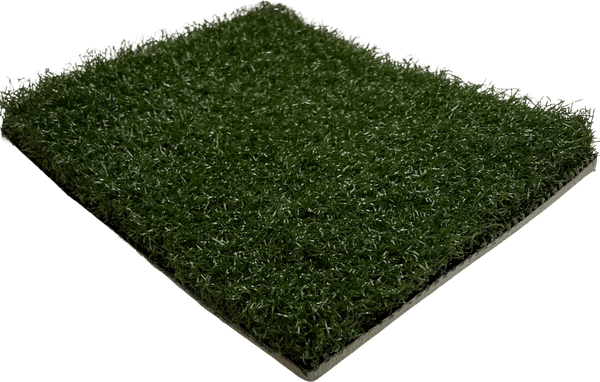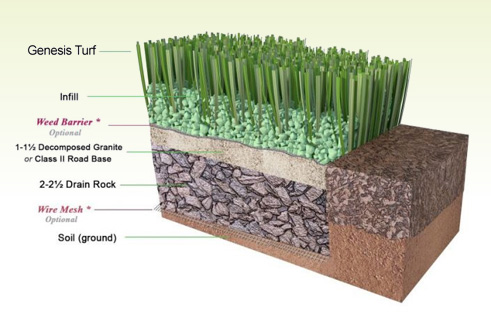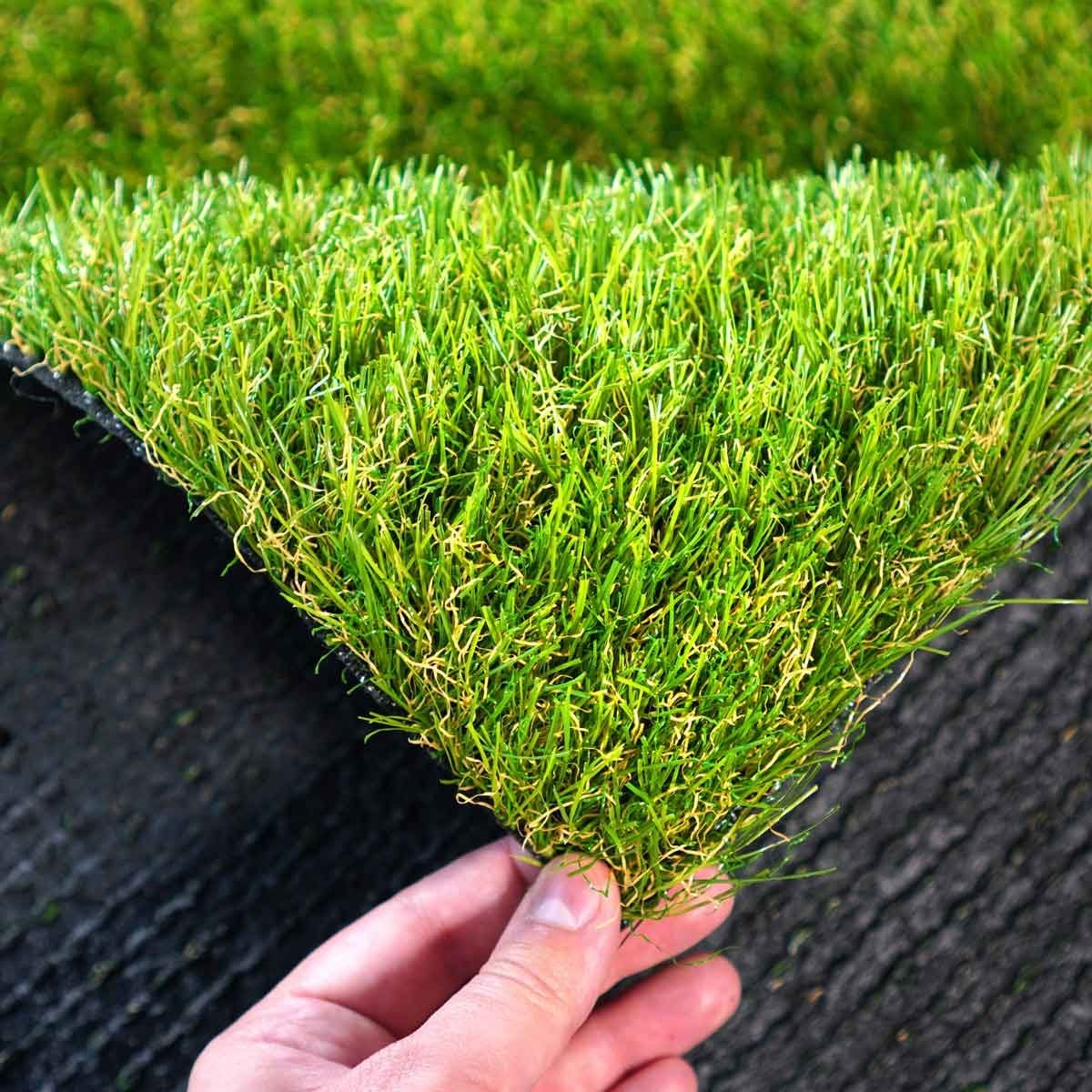Long-Lasting Arizona Artificial Turf for Residential and Commercial Applications
Long-Lasting Arizona Artificial Turf for Residential and Commercial Applications
Blog Article
Look Into the Environmental Benefits of Opting for Synthetic Grass Solutions
The fostering of synthetic grass solutions offers a compelling opportunity to deal with pressing environmental difficulties. By dramatically reducing water usage and reducing the application of unsafe chemicals, these choices not just promote sustainable landscape design yet likewise shield regional ecological communities. In addition, the lower carbon impact linked with reduced maintenance activities adds to a much more sustainable method to land administration. Nevertheless, the implications of these advantages expand past simple preservation initiatives, questioning concerning their lasting effect on habitat conservation and overall eco-friendly balance. Checking out these measurements reveals a complex interaction worth thinking about.
Water Preservation Benefits
One of one of the most significant advantages of artificial lawn is its capability to preserve water. Conventional lawn yards call for significant irrigation, particularly in locations vulnerable to drought or water limitations. In comparison, synthetic grass does not require watering, considerably minimizing the general need for water resources. This attribute is especially useful in arid regions where water scarcity is a pressing worry.
By removing the need for normal watering, synthetic grass adds to lasting landscape practices and helps alleviate the environmental effect of too much water usage. The conservation of water prolongs to the decrease of drainage, which can lead to dirt erosion and waterway pollution.
In addition, the setup of synthetic grass allows property owners and communities to allocate water resources much more effectively, concentrating on vital uses such as alcohol consumption water and farming. The shift towards synthetic grass not only advertises liable water usage yet likewise straightens with wider environmental goals focused on maintaining natural deposits.
As areas significantly prioritize sustainability, the water preservation benefits of synthetic grass offer an engaging instance for its adoption in business and residential landscape design tasks.
Minimized Chemical Use
The change to man-made turf significantly reduces the dependence on chemical treatments commonly used in natural yard maintenance. Standard lawn management normally entails the application of herbicides, plant foods, and chemicals to advertise development and control insects. These chemicals can pose dangers to human health, regional wild animals, and the atmosphere, contributing to soil and water contamination.
In comparison, synthetic grass removes the requirement for these hazardous materials. As soon as installed, it calls for marginal maintenance, mainly including regular cleaning and infrequent infill replenishment. This decrease in chemical use not only profits the prompt setting but also adds to wider eco-friendly security. By decreasing the launch of synthetic compounds right into the ecological community, synthetic grass advertises much healthier soil and water supply.
Additionally, the absence of chemical drainage connected with synthetic grass installations assists shield regional waterways from pollution, supporting water life and preserving biodiversity. Arizona turf. As neighborhoods significantly focus on lasting methods, choosing artificial turf presents a sensible solution that aligns with environmental conservation goals. Through this change, home proprietors can take pleasure in lavish eco-friendly spaces without jeopardizing eco-friendly health and wellness, leading the way for a more sustainable future
Lower Carbon Impact

Additionally, the installation of synthetic grass can result in substantial water conservation. Natural lawns call for significant quantities of water for irrigation, which not just includes to the carbon impact related to water extraction and treatment yet likewise pressures neighborhood water resources. On the other hand, synthetic grass needs very little upkeep, needing no watering, therefore substantially reducing water usage and its associated energy prices.
In read addition, the long life of synthetic lawn adds to its decreased carbon influence. With a lifespan of as much as 15 years or more, the requirement for constant replacements is reduced, resulting in less waste and reduced energy usage in manufacturing and disposing of conventional yard alternatives. Generally, synthetic grass offers a lasting choice for eco conscious landscaping.
Habitat Preservation
Habitat preservation is an important factor to consider in the dispute over landscaping options, especially when comparing synthetic turf to all-natural grass. All-natural lawn lawns usually call for extensive upkeep, including using pesticides, herbicides, and plant foods, which can adversely influence regional ecological communities. These chemicals can seep into the dirt and rivers, harming native plants and fauna and interfering with regional environments.
Artificial turf removes the demand for unsafe chemicals, thus protecting neighboring wild animals and keeping the integrity of surrounding environments. The installation of fabricated turf can lead to the conversion of previous grass locations into more biodiverse landscapes, such as pollinator yards or native plant locations, which can support local wildlife.
Ultimately, the change to synthetic grass not only saves water and lowers maintenance initiatives yet likewise cultivates a much more harmonious connection between human activities and the natural atmosphere, advertising habitat preservation in the process.
Long-Term Sustainability
Long-lasting sustainability is a crucial element in examining the benefits of artificial grass over typical yard lawns. One of one of the most significant advantages of man-made lawn is its durability; it can last up to 15-20 years with very little maintenance, whereas all-natural grass requires constant reseeding and substitute. This durability decreases the requirement for consistent sources, such as water, fertilizers, and chemicals, which are crucial for preserving a healthy turf yard.
Additionally, artificial grass adds to a reduction in carbon emissions connected with grass care tools. Typical yards often call for gas-powered mowers, leaners, and blowers, every one of which add to air pollution. Artificial turf companies phoenix. In comparison, synthetic lawn removes the demand for such equipment, advertising a cleaner atmosphere
Additionally, the production of artificial turf increasingly uses recycled materials, improving its sustainability account. As manufacturers take on environmentally friendly techniques, the environmental impact of synthetic lawn remains to reduce.

Final Thought
The fostering of synthetic grass options presents considerable ecological benefits, consisting of substantial water conservation, reduced dependence on hazardous chemicals, and a lower carbon footprint. Man-made lawn aids in protecting all-natural habitats by reducing land disruption and advertising long-term sustainability via the usage of sturdy materials. Jointly, these variables underscore the possibility of synthetic grass to contribute favorably to ecological health and use a feasible option to standard landscape design methods in a progressively resource-conscious world.
In comparison, artificial turf does not need watering, substantially minimizing the overall need for water sources. By lessening the launch of artificial substances right into the community, man-made lawn advertises healthier dirt and water systems.
In addition, the installment of fabricated grass can result in discover this info here significant water conservation. In contrast, artificial turf needs very little maintenance, calling for no watering, consequently significantly minimizing water usage and its linked power prices.

Report this page